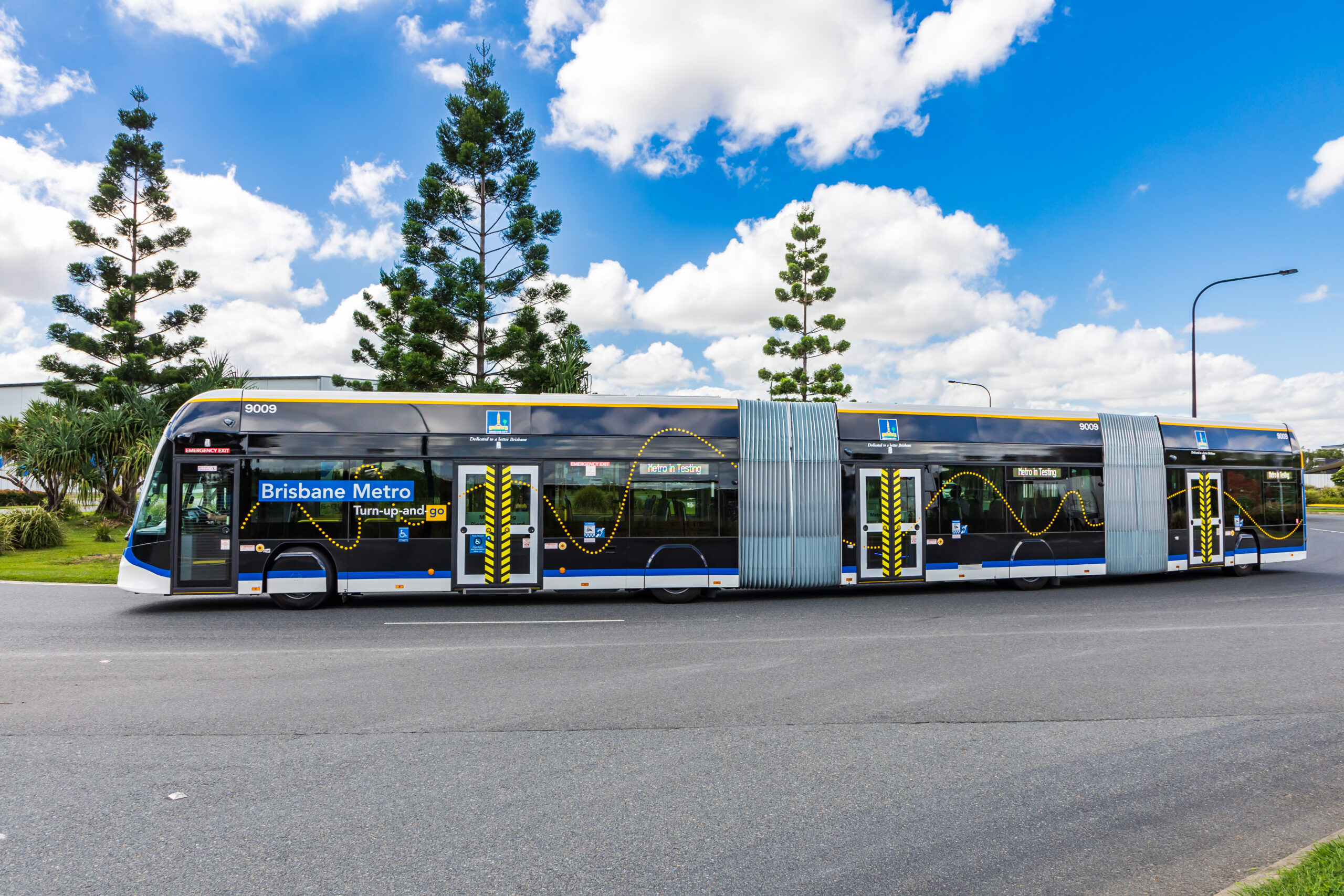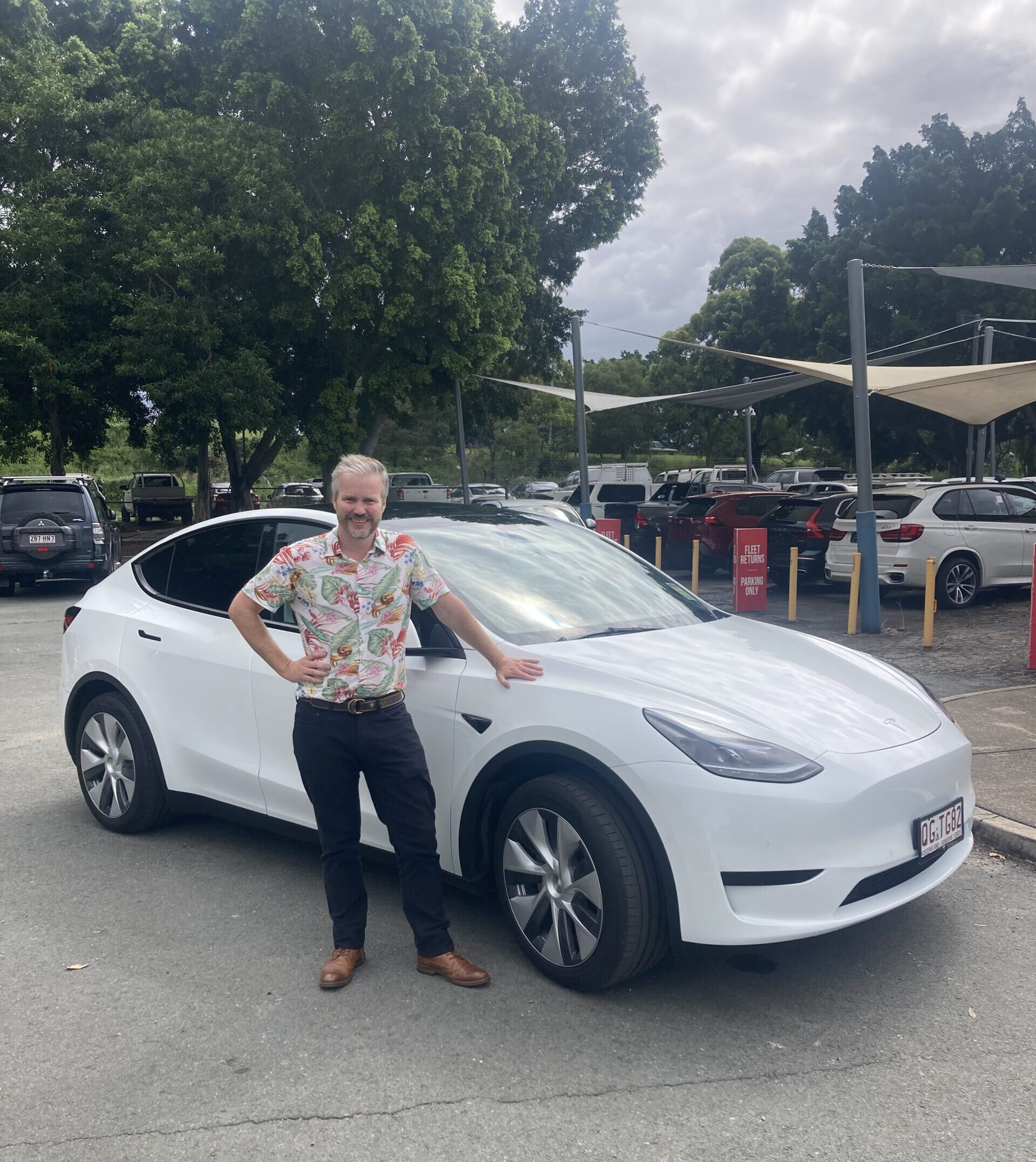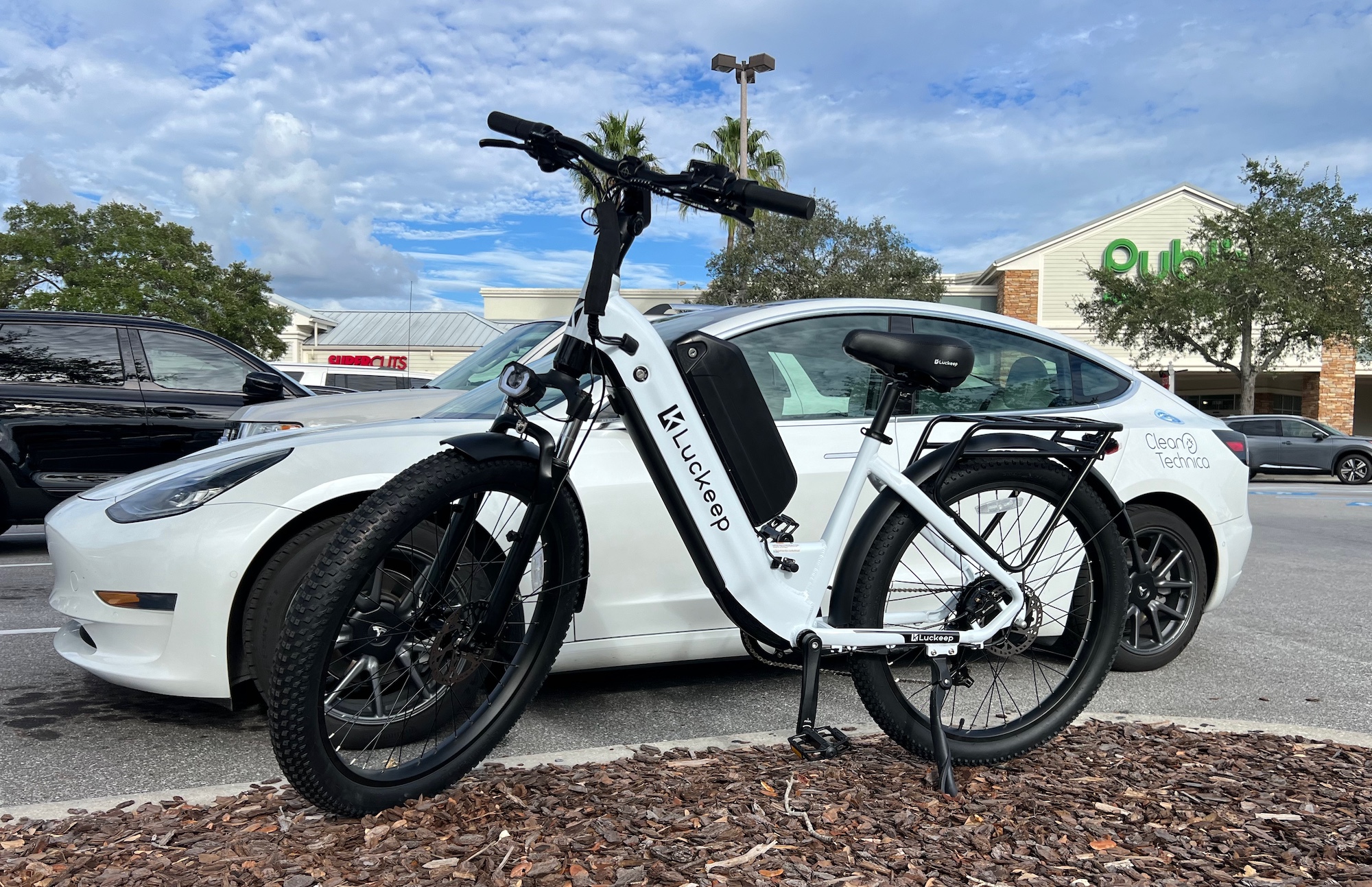Sign up for daily news updates from CleanTechnica on email. Or follow us on Google News!
A recent video from CNBC’s YouTube channel is probably worth your time. Instead of going for or against EVs, they show several different sides of how the EV transition affects different people. From diehard gasoline enthusiasts to automakers to autoworkers, to the U.S. economy at large, they gave us a cross section of real-world stories that give some more depth to the EV transition.
Dodge Tries Hard To Keep Its Core Fanbase
I found it interesting how they started out interviewing a skeptic of EVs. The Mopar enthusiast they started with doesn’t hate them and think others shouldn’t drive one, but he’d rather die than drive one himself. By starting with this mild extreme, they give most people, who are in the middle, a perspective they can understand. After all, trying new things can be stressful for many people, and changing one’s routine up to get an electric car can look intimidating.
This is an important perspective, because Dodge and Stellantis (the manufacturer behind Mopar cars) can’t keep making gas-powered muscle cars. Tightening emissions regulations just don’t leave room to make the most gas-guzzling vehicles. Even daily-driven transportation appliances are struggling to still come from the factory powered by dino juice, and manufacturers are making slower, less powerful vehicles to meet requirements.
The big question is whether these brand ambassadors and enthusiasts are going to follow Dodge into the electric future. Sure, most people don’t buy 700+ horsepower muscle cars like the Dodge Demon, but these cars can be very profitable and help build enthusiasm for a company’s more mild vehicles. So, failing to bring the fanbase along could make it difficult to keep being a successful company.
Dodge is working to keep its connection to the muscle car faithful by making its first EV a muscle car. Instead of offering a quiet, simplified, appliance-like EV, Dodge is making it look like a traditional muscle car (aero be damned), giving it a multi-speed transmission you can actually shift (another Stellantis brand, Jeep, is also doing this), and is making it sound like a muscle car. In other words, Dodge is NOT building a Tesla clone.
Dodge did get a lot of hate mail, but the company’s leadership thinks that they’ll be able to get people to come along as they learn more. Studies of social media reactions seem to indicate that people cheered up once they learned more about Dodge’s more enthusiast-friendly approach to EVs.
But, there are bean-counting analysts who think this is a mistake. They’d rather ditch the core Dodge fanatics and try to find new buyers. But, as usual, bean counters are short-sighted and don’t understand the automotive industry’s long-term plays as well as they think. If we followed the bean counters, there’d be no fun anywhere in the industry. So, they can F off, and I personally think Dodge’s executives are smart to ignore those boring and stifling voices of “reason.”
How’s The Tesla Semi Going?
Another cool thing they did was check in with Frito-Lay and Pepsi to see how things were going with their Tesla Semis. They currently have 15 in Modesto, 21 in Sacramento, and they’re making plans for the rest of the 100 trucks they ordered.
Like muscle cars, stricter emissions controls are making things difficult for the diesel Class 8 truck industry. So, not only Tesla, but everyone else is having to work on electric trucking. Fortunately, most of this is short-haul work, but they’re going to need to figure out how to make long-haul trucking work on electric power.
After some long delays, the Semi has finally been delivered, but details have still been pretty sparse from actual users of the first test fleets, and details are coming out.
Some of the features are not as announced, but for good reasons. There are no autonomous Semis, but that’s because the software just isn’t ready yet. Range is also not as the original 2017 announcement indicated, but Frito-Lay only needs to run 425 miles, while Pepsi runs only 100-400 miles. So, the 500-mile range isn’t critical for these early users. Weight is also an issue, but only for Pepsi, as a truck carrying chips is going to fill the trailer up long before the weight becomes an issue.
Pepsi and Frito-Lay aren’t just using Tesla Semis. They’ve partnered with the State of California to buy other electric trucks and show everyone that electric trucking can work. BYD and Peterbilt have provided several hundred electric vehicles. The company is also using CNG and other cleaner trucks on their routes.
The video then goes on to detail the other class 6, 7, and 8 electric trucks emerging onto the market, some by manufacturers who are more experienced in the truck market than Tesla.
Rivian & Amazon
Another thing they cover is Rivian’s effort. While the pickup trucks and SUVs are well-known, much of the business relies on big deals Rivian has with companies like Amazon for delivery vans. This is what has enabled it to be successful so far, despite the enormous cost of starting an automotive manufacturer.
The future isn’t set for sure, as the company still has many challenges. Stock prices, economic headwinds, and general unfamiliarity with EVs on the market leave important questions for investors and buyers alike.
The Midwestern Economy (Especially Automakers & Workers)
The manufacturing industry has been a tough place to be in recent decades. Manufacturers used to need far more people than they do today, and this is going to get worse as EVs will not need the complex parts ICE vehicles did.
The video explains how much simpler the vehicles are, which is something readers here are probably familiar with. But, it’s an important point for people to understand.
The key issue here is not only that the jobs are going to be fewer and far between, but will require different skillsets than most people in auto factories have right now. This is going to be important for parts suppliers, too, because many of the specialized EV components come from them. These suppliers are having to roll with the punches, diversify, and get away from relying on ICE parts like spark plugs.
Unions are struggling to help workers deal with all of these challenges, but it won’t be easy. The jobs that went into Mexico and overseas in recent decades just aren’t coming back, despite efforts to bring them back. But, some of these jobs didn’t go elsewhere, instead just going away as automation and other increased productivity.
Featured image by Jennifer Sensiba.
Have a tip for CleanTechnica? Want to advertise? Want to suggest a guest for our CleanTech Talk podcast? Contact us here.
EV Obsession Daily!
I don’t like paywalls. You don’t like paywalls. Who likes paywalls? Here at CleanTechnica, we implemented a limited paywall for a while, but it always felt wrong — and it was always tough to decide what we should put behind there. In theory, your most exclusive and best content goes behind a paywall. But then fewer people read it!! So, we’ve decided to completely nix paywalls here at CleanTechnica. But…
Thank you!
Tesla Sales in 2023, 2024, and 2030
CleanTechnica uses affiliate links. See our policy here.




